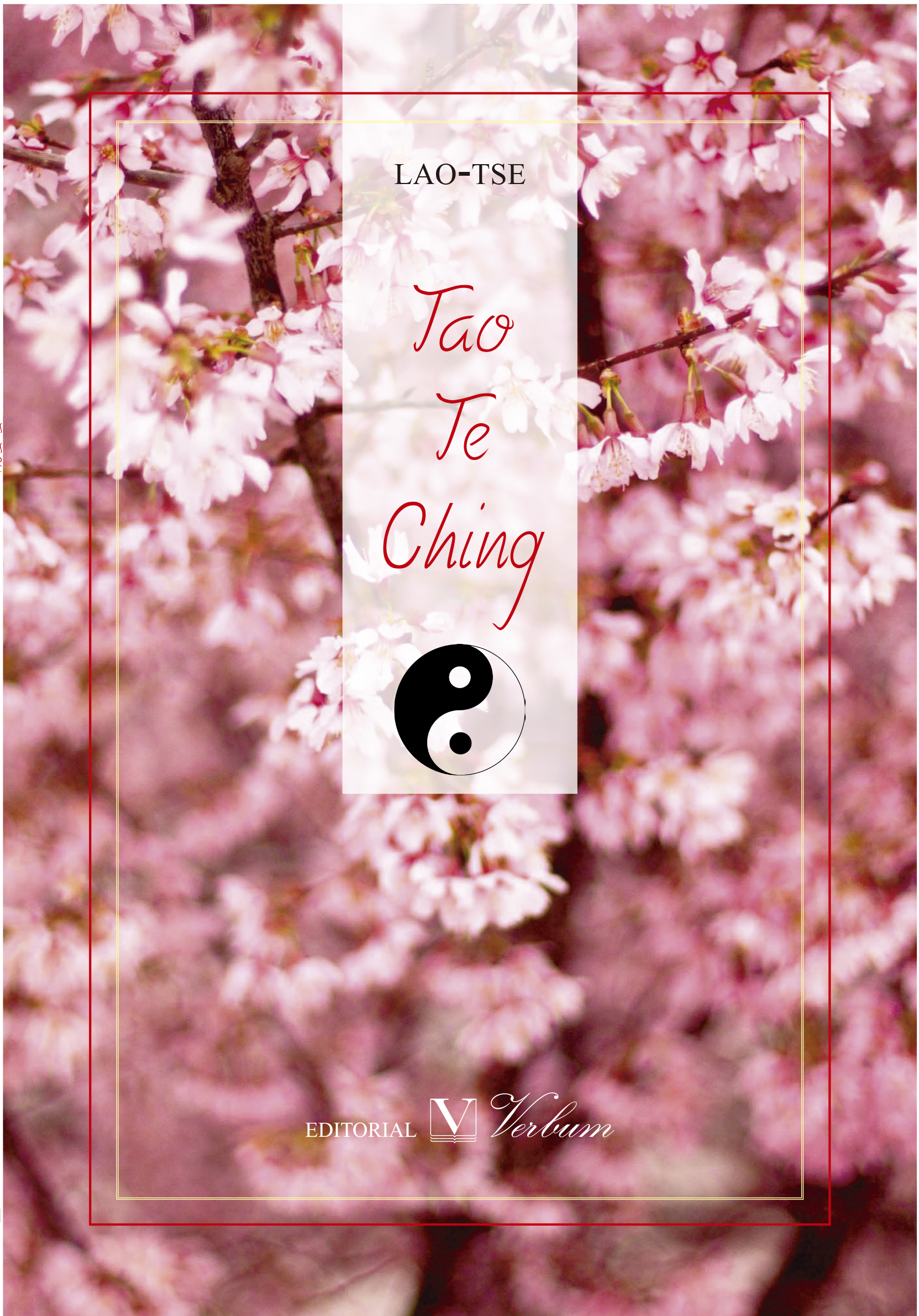
Blend hot and cold water together and you get warm water, the most pleasant for the human body. If you look at the laws of nature, you will see that they’re all about balance.ĭraw out a pendulum forty degrees to the left and it will go forty degrees to the right – but it will eventually settle in the centre. The Tao, or The Way, is the path of the centre, the essence of balance, and if you follow it, your life will be peaceful and harmonious. If there is one word that could define the teachings of the Tao Te Ching, it would perhaps be ‘ balance.’ Truly understanding the dance of opposites is a deep form of spiritual integration and is what makes healing practices such as shadow work so powerful.

This is what verse 42 says about the dance of non-duality and duality:

In this sense, the Tao Te Ching teaches us about the need to embrace all parts of life. There is expansion and contraction, male and female, love and fear, inside and outside, up and down, good and bad.ĭespite the apparent duality of opposites in life, they actually combine and require each other’s presence to exist. In other words, every person, event, situation, object, and experience in life has a light and dark side. In fact, the whole of this philosophy is really about non-duality: or the innate Oneness of everything.Īnd yet, despite the fact that everything is interconnected, there are also two sides to everything.

Everything has its yin and yangĪll throughout the Tao Te Ching we read about the interplay of opposites. In fact, you could spend your whole life studying it, and still, there would be more to learn – that is the magical dynamism of this spiritual philosophy!Īs such, the lessons below are by no means absolute or complete – they are simply the most obvious (in my opinion and study) and also the most beneficial for our Soul Work as humans: 1. 7 Crucial Spiritual Lessons of the Tao Te ChingĪs one of the deepest and oldest spiritual teachings out there, there is so much to learn from the Tao Te Ching. Such a paradoxical description of the Tao brings to mind the Hindu notion of Atman/Brahman, the Abrahamic religion’s notion of Soul/Spirit, the Buddhist notion of Buddha Nature or Nirvana, and the modern spiritual notion of True Nature. In the first verse of the Tao Te Ching, Lao Tzu describes the Tao in the following way:Īs Nameless, it is the origin of all things “The Tao” (pronounced: dow) literally translates to “ The Way” and is at the heart of the Tao Te Ching and Taoism as a whole.



 0 kommentar(er)
0 kommentar(er)
